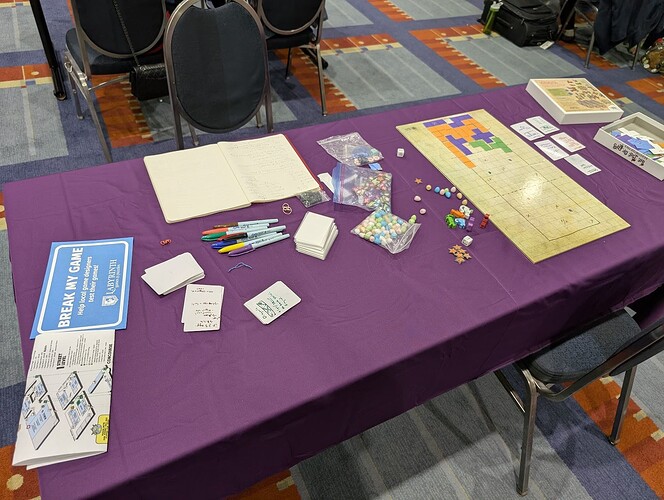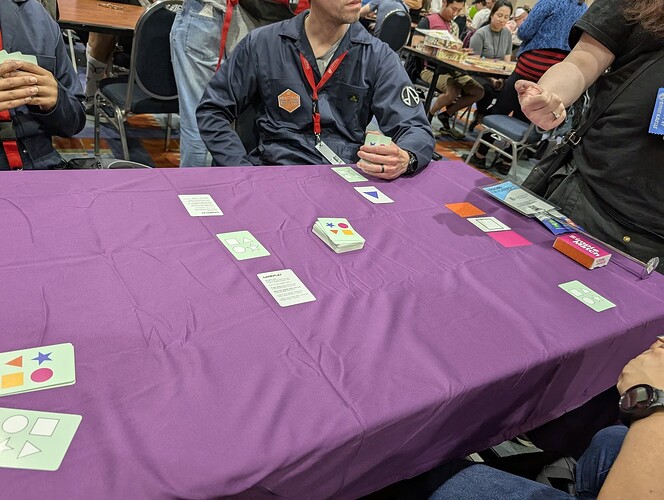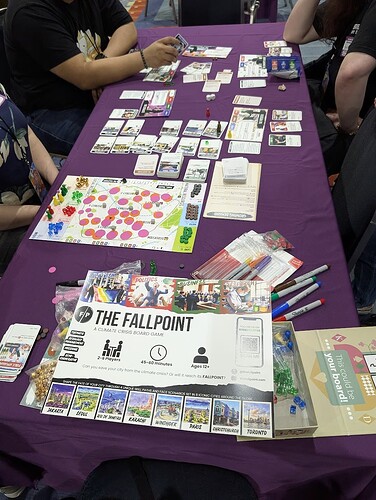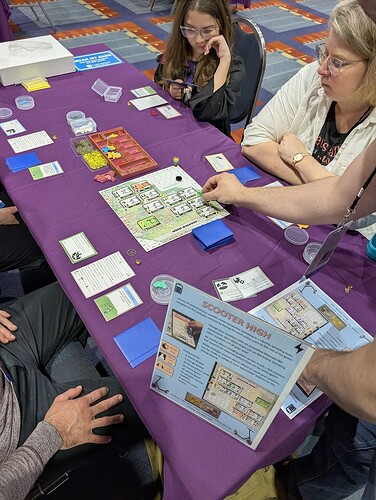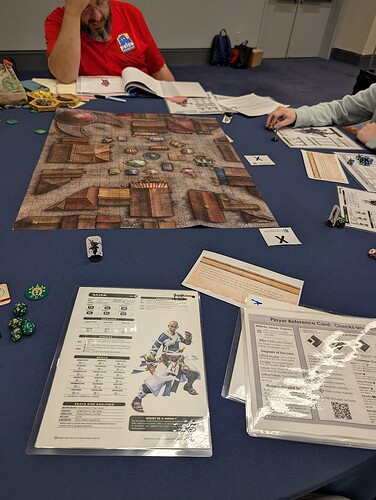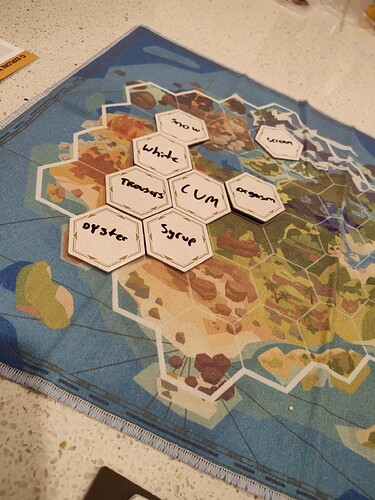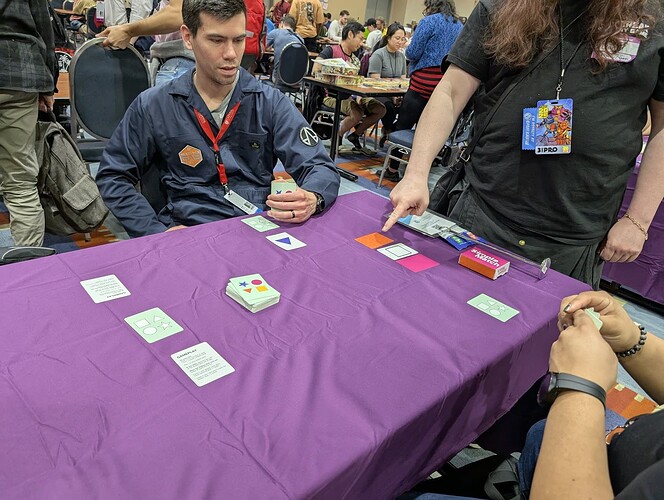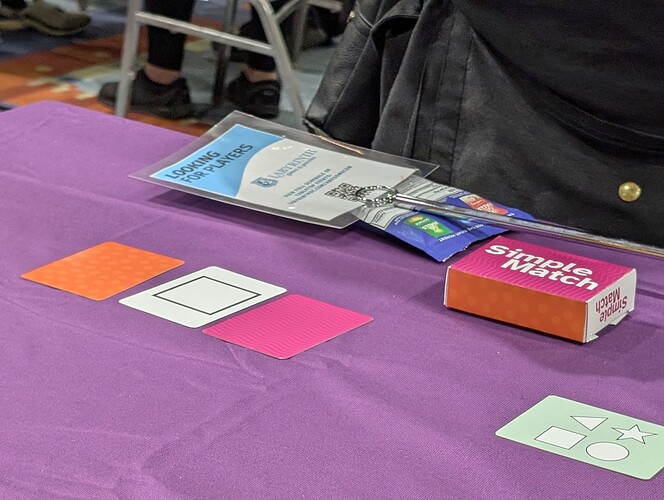I keep going back and forth on Ashes. I’ve had my eye on Red Rains for a long time, and the new Ascendency set would be a good place to jump on since the Master Set has been sold out. I’ve been trying to futz around with the TTS mod and- I don’t know. The cards just feel really restrained in their abilities that it’s really hard to discern just how much variety there would be in the feel of the decks as a solo/co-op player. It looks like Ashes is a game won using a thousand cuts rather than big swings, but it’s been difficult to tell just how interesting the card synergy is. It feels like half the cards I looked at were some equivalent of “put a status token on a card to increase it’s damage by 1 until the end of the round”. Traditional TCGs revolve a lot around setting up win conditions and pulling off card combos, and I’d love something that can scratch that itch, but I’d also like to appreciate something different. But I just can’t get a good sense for what playing Ashes’ decks should feel like. Card combos feel like less of a thing since Red Rains monsters just blow up your cards in a single hit.
Part of this might be because the community is so small and there aren’t a ton of videos or resources that go into deck construction in a concise manner, let alone with a Red Rains focus. It’s just hard to tell whether I want to actually dip my toes in.
I had meant to write a small stuff about some of the games I played at the comic convention the other week.
One of the games I playtested was a simple card game suitably titled “Simple Match”. The design broke their leg the day before the con and couldn’t make it, and the copy we had was an outdated revision, but one of the people running the playtest area of the con did his best to get us started.
The idea is there is a deck of cards and each card has single colored shape or multiple shapes with the same color (and there are a few wild cards with all shapes and all colors). Each player has a starting hand and a hidden, private Goal card that tells them what cards they need to play to earn points. These goals will be either a shape or a color. Each turn, you either draw a card from the deck and play a card from your hand to your area of the table, or you steal a card from a competitor’s play area to your hand and then play a card from your hand to your area (and you discard a card off the top of the deck face down). The game ends when the deck runs out of cards.
In addition to the above, one Goal card is drawn for the entire table that everybody can use to score points, but it is drawn face down. Then the remaining Goal cards are revealed face up and set aside for everyone can see them. You get points at the end of the game in two ways:
- You get 1 point for each card you’ve played to the table that matches your private goal.
- You get 2 points for each card in your hand that matches the group, hidden goal.
So the main idea to try and play cards that match your goal while stopping other players from keeping cards that match theirs. By paying attention to what cards your competitors play and what they steal, you try to discern what everyone’s goals are so you can actually make informed decisions on what cards to take and play.
I couldn’t remember scoring rules well after the initial teach, but during the feedback sessions where it was explained again, the game started making a lot more sense and I’d like to give it another shot. One of the common complaints from the table was that stealing did not feel very powerful or meaningful, because you could just end up trading steals back and forth between players and the scoring between the players would just bounce back and forth. And on the whole, the game felt a bit insubstantial strategically.
But I think the thing that was interesting in retrospect was that group table goal scores the cards in your hand and not the cards you’ve played to the table. When the game starts, you’re trying to discern everyone’s private goals and avoiding playing cards you think your competitors could steal to then play into their area. But the private goals only give 1 point. That hidden table goal gives 2 points for matching cards that stay in your hand, meaning they can’t be stolen. And between the 4 players and the set-aside goal cards that are revealed face up, you can discern what that hidden table goal card is by mid-game.
So I think at the halfway point, after many cards have already been played to the table, stealing becomes the strongest tool. You can now get permanent points by stealing the right cards straight to your hand. You still have to play another card to the table each turn, so you still have to consider how beneficial your cards are going to be to your competitor’s private goals. You’ll need to think about their potential scores and who you’d be helping by playing cards each turn. But the private goal gives double points, so it’s okay to give your competitors small points here and there, as long as you’re able to keep the momentum in amassing cards for the hidden goal.
